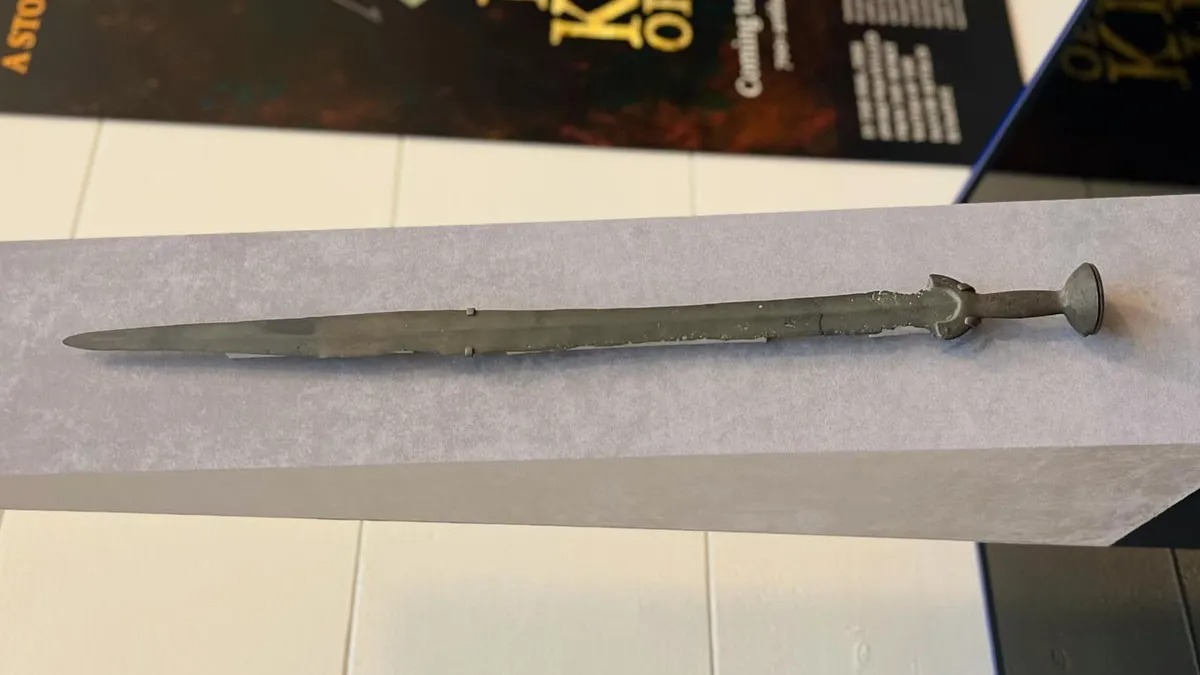
A "replica" sword that had been gathering dust at Chicago's Field Museum for about a century was recently found to be an authentic artifact from the late Bronze Age. The 3,000-year-old weapon was found in the Danube River in Budapest, Hungary, in the 1930s. It was given to the Hungary National Museum but later acquired by the Field Museum. Here, the sword was mislabeled as a copy and placed in storage.
The error came to light in the summer of 2022 when the museum officials were preparing for the upcoming "First Kings of Europe" exhibition. János Gábor Tarbay - a visiting Hungarian archeologist - asked to see the sword. It took the expert just a few seconds to declare it was the real deal.

An analysis of the sword's chemical makeup confirmed Tarbay's opinion. It comprised the same amounts of bronze, copper, and tin as found in other Bronze Age swords. The researchers believe the blade was made sometime between 1080 BC and 900 BC. They suspect it was tossed into the Danube River to honor lost loved ones or a battle.
The ancient artifact is now prominently displayed in the museum's main hall. It will also be featured in the "First Kings of Europe" exhibition set to open on March 31, 2023.
"Usually, this story goes the other way round," said William Parkinson, the museum's curator of anthropology. "What we think is an original turns out to be a fake."
Resources: Livescience.com, fieldmuseum.org
